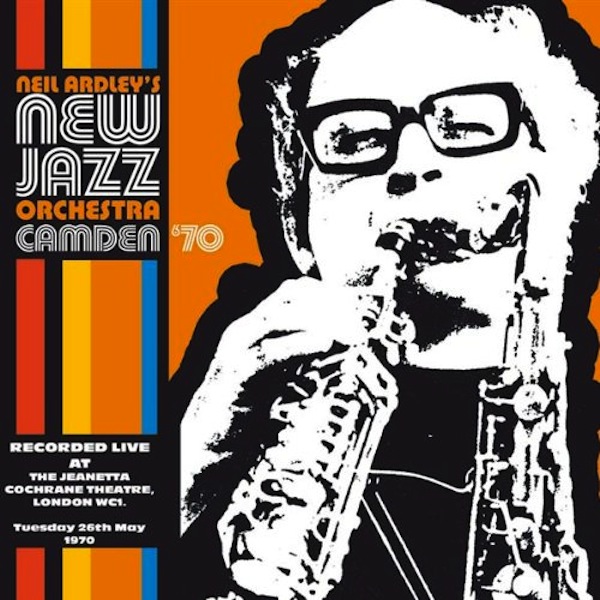The NJO was born out of a popular jazz club called the “Jazzhouse”, which was located at The Green Man pub on Blackheath Hill. The “house” band was the Ian Bird Quintet. (Initially, Ian Bird was tenor sax; Clive Burrows was baritone sax and Johnny Mealing was piano. Tony Reeves was bass; Trevor Tomkins was drums; and Mealing and Tomkins joined the newly-formed Rendell-Carr Quintet. Many London-based jazz musicians were part of the ensemble, including Harry Beckett and Jack Bruce, Ian Carr and Dick Heckstall Smith, Jon Hiseman (Don Rendell), Frank Ricotti; Paul Rutherford, Barbara Thompson; Trevor Tomkins, Trevor Watts, Les Carter, Tom Harris, Trevor Watts, and Lionel Grigson. Ardley, Gibbs and Carter all contributed to arrangements. Clive Burrows, Les Carter (a regular club helper and poster writer) had an evening conversation about big bands and possibilities that led to the idea for the NJO in autumn 1963. After the conversation, it was decided to form the NJO around the Ian Bird Quintet’s core. Burrows had the “book”, which lists the phone numbers of musicians. Carter, a budding amateur flautist, wrote some arrangements to expand the repertoire. The new band was officially launched at The Green Man at Christmas 1963 as “The Bird/Burrows Big Band”. After Ian Bird’s 1964 departure, the group was renamed “The Neoteric Jazz Orchestra”, but it later became “The New Jazz Orchestra”. The NJO was left without a leader in 1964 (Burrows had gone pro), and was largely unmotivated. Ian Carr, who had joined the trumpet section at that time, approached Les Carter (who was leading rehearsals), with the suggestion of a friend bringing along an arrangement for them to practice. Neil Ardley, a pianist and composer, was the “friend”. The arrangement was of Duke Ellington’s “In a Mellow Tone”. Ardley was soon invited by the members as a candidate to assume the leadership of NJO, a position he held until 1971. Ardley was a self-confessed disciple and admirer of Gil Evans. The NJO personnel and instrumentation changed in a chameleonic fashion according to his changing arranging and composition style. The (almost) original instrument and personnel palette was reunited for the 30th anniversary gig at London’s Barbican Centre in 1993. From Wikipedia
